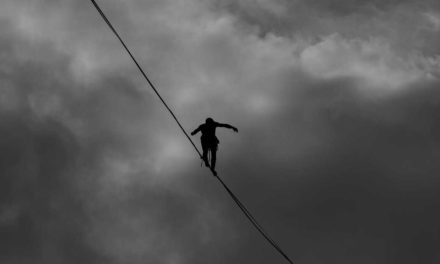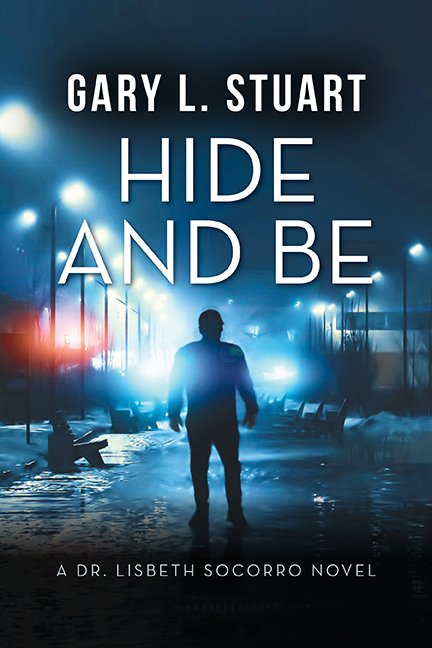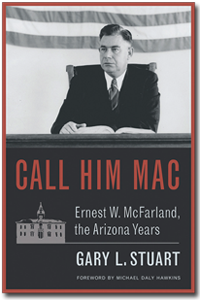Catchy title, heh? Is there a genre that encompasses a book held out as nonfiction, which is actually fiction, written under a nom de plume, and is copyrighted by a non-existent human who is a figment of the real writer’s imagination? How about those bananas? Ethical with not only a small e, but a capitalized © symbol that’s fake. Did such a thing ever happened? You betcha.
Sometime in 1944, Consolidated Book Publishers Chicago published a 403-page hardcover book with beautiful art on the inside front cover and on the ending back cover. It is titled “Yankee Lawyer” and subtitled “The Autobiography of Ephraim Tutt.” It contains a wonderful epigram of a famous thought President Thomas Jefferson supposedly had. “The glow of on warm thought is worth more to me than money.” The author, Ephraim Tutt, copyrighted his book in 1943 and warned his readers at the front of his book— “All rights reserved. No part of this book may be reproduced in any form without the permission of Charles Scriber’s Sons.” This version of the book was a special edition for the “People’s Book Club—P.O. Box 6570A in Chicago, ILL.
Except that it was not an autobiography. Ephraim Tutt was a fictional character. The book was fiction, sold as nonfiction. Ephraim could not have copyrighted the book because he never existed. From front cover to back the book fooled us all in grand fashion. The book was dedicated to Esther, who was a real person. Perhaps the only absolute truth in the book is the dire notice on the copyright page: “This book is manufactured under wartime conditions in conformity with all government regulations controlling the use of paper and other materials.” Manufactured, indeed, in more ways than one.
When I read it, decades later, I reveled in it. I’m a lawyer and as easily fooled as any other fool. I thought Lawyer Tutt was magnificent and won every trial he wrote about. I didn’t find out about a book now called a literary hoax for forty plus years after first publication. When I read it a second time, last year, I was thrilled again. It is written with verve and skill, in the best tradition of John Gardner.[1]
Lawyer Tutt, the ramshackle figure in a rusty frock coat, stovepipe hat, stand-up collar, string bow tie, and a canny mind that slyly wrenches law into justice, first came to public attention in a story written by Arthur Cheny Train[2] in the Satevepost of June 7, 1919. Illustrating the story is a drawing of Tutt by Arthur William Brown, for which Frank Wilson, a retired actor, posed.[3]
“Arthur Cheny Train wrote almost a hundred Tutt stories. Tutt became as familiar to lawyers as folk tales. He was cited from the bench as quasi-legal authority and helped many a candidate pass his bar examinations. In fact, like Sherlock Holmes, Ephraim Tutt has become more famous than his creator. So, by writing Lawyer Tutt’s [fictional] autobiography, Author/Arthur Train was able to achieve more than by writing or rewriting, his own ‘My Day in Court.’”[4]
When the book came out in 1943, readers were confused. “After all, Tutt was a fictional person, the hero of a series of legal novels. Or was he? Many fans became convinced that Tutt was a flesh-and-blood human being.”[5]
No doubt about it—Arthur Train was a Harvard trained lawyer and served as Assistant New York District Attorney. In 1904, he wrote his first short story, “The Maximilian Diamond.” From 1919 to 1943, he wrote stories starring Ephraim Tutt, his fictional lawyer and main character. In those stories, “Tutt was a crusading attorney, the man who would take on clients no other lawyer would and would use all manner of innovative legal tactics to ensure that justice—and not merely the law—was served. In the days before Perry Mason, Tutt was the sort of attorney even non-lawyers loved to read about.”[6]
In the 1940s, when Train was in his 70s, his health began to fail. He gave Tutt a grand literary sendoff. He “imbued Ephraim Tutt with life, at least on paper.”[7] In the fictional “Yankee Lawyer,” Mr. Train cast his character as a tireless champion of the underdog. To make it real, he had Tutt meet real-world personalities, including Calvin Coolidge and Richard “Boss” Croker. Train cast Tutt’s relatives from his own family photos, which were included in the book. Young Ephraim Tutt was played by a guide Train had once hired. And, to complete the illusion of Tutt’s “autobiography,” Train removed his own name from the byline. Ephraim Tutt was listed as the sole author of Yankee Lawyer.[8]
On May 15, 1944, the plot thickened, as many a fictional lawyer has said. “Ephraim Tutt, stovepipe-hatted ‘Yankee Lawyer of fiction fame, was labeled as a fraud in a suit filed in the Supreme Court of New York, by Lewis R. Linet, an out-of-town lawyer, who seeks a rebate from Arthur Train, author and creator of Mr. Tutt, on the ground that while Train actually wrote Yankee Lawyer: The Autobiography of Ephraim Tutt, the natural inference is that it is the work of Mr. Tutt.”[9]
Arthur Train defended himself and told the New York Times he was “anxious to have Mr. Linet, the out of town lawyer who sued him, to take the stand so he could examine the plaintiff on his good faith. It is true misrepresentations of fact are subject to suit. But the question at hand is whether the rule for commodities applies to a man who buys a book over the counter. He cited two of the classics, DeFoe’s Robinson Crusoe, which was presented as Crusoe’s autobiography, and Gulliver’s Travels, which was presented in a similar vein.” The court dismissed the case.
Book reviewers liked the book and treated it as fiction, either explicitly or by implication. It made the New York Times Best Seller list, three times, despite calling it a “literary hoax.” The Times categorized it as non-fiction.[10] The Autobiography of Ephraim Tutt is ethically challenged but rarely bested. “It is an intriguing artifact, an amusing puzzle, an interesting read and, finally, a meditation on identity, reality and the mysterious charm of illusion.”
What ethical norms apply to a book called a literary hoax, by a real lawyer, who blended his lawyering and his writing into a mixed genre that most read for entertainment. Apparently, none. At least that’s my vote.
[1] “On Becoming A Novelist” John Gardner, Foreword by Raymond Carver, Harpers & Row, Publishers, New York, copyright 1983 by the Estate of John Gardner.
[2] Arthur Cheney Train (September 6, 1875 – December 22, 1945), also called Arthur Chesney Train, was an American lawyer and writer of legal thrillers, particularly known for his novels of courtroom intrigue and the creation of the fictional lawyer Mr. Ephraim Tutt. https://en.wikipedia.org/wiki/Arthur_Cheney_Train
[3] http://content.time.com/time/subscriber/article/0,33009,774600,00.html
[4] Ibid.
[5] https://gizmodo.com/what-happened-when-a-fictional-character-penned-an-auto-1195395983
[6] Ibid.
[7] Ibid.
[8] Ibid.
[9] https://www.nytimes.com/1944/05/16/archives/real-lawyer-goes-to-court-here-charging-ephraim-tutt-is-fraud-seeks.html
[10] http://www.thomasfuchswrites.com/an-odd-old-book

I am an author and a part-time lawyer with a focus on ethics and professional discipline. I teach creative writing and ethics to law students at Arizona State University. Read my bio.
If you have an important story you want told, you can commission me to write it for you. Learn how.






 I am an author and a part-time lawyer with a focus on ethics and professional discipline. I teach creative writing and ethics to law students at Arizona State University.
I am an author and a part-time lawyer with a focus on ethics and professional discipline. I teach creative writing and ethics to law students at Arizona State University.  My latest novel is Hide & Be.
My latest novel is Hide & Be.  If you have an important story you want told, you can commission me to write it for you.
If you have an important story you want told, you can commission me to write it for you.